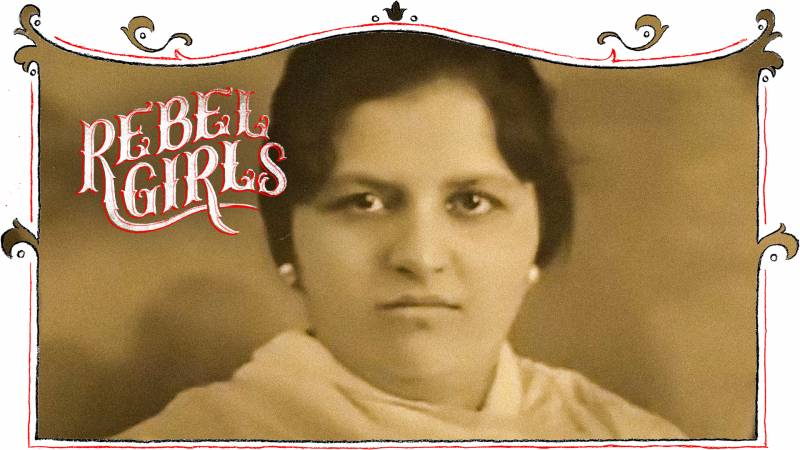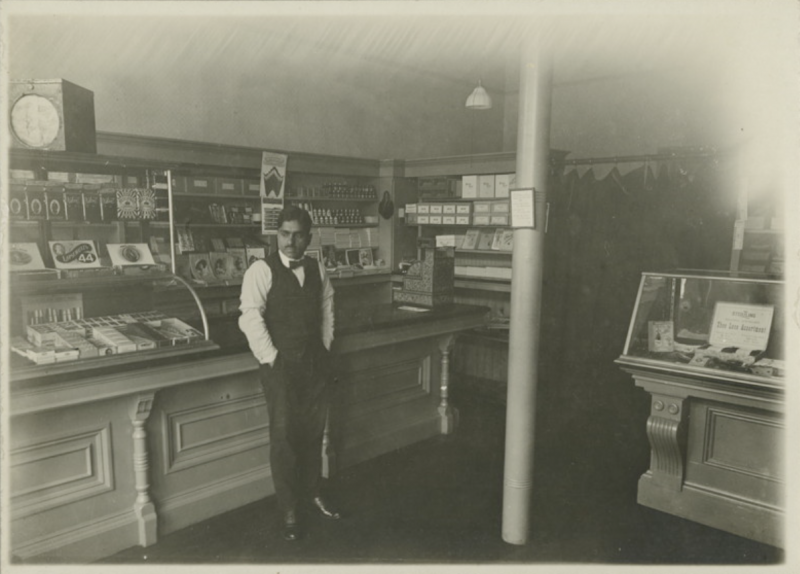D
etermined to succeed, Kala honed her English skills, attended night school, stayed in touch with the members of the Gadar Party, and sent each and every one of her boys off to college. (Madan graduated from both Stanford and M.I.T. The engineer was eulogized in a 1941 issue of Stanford Illustrated Review after his tragic death, aged 33, of pneumonia while seeking work in India.) But what Kala did best of all was make new South Asian immigrants feel welcome in a new country. She acted as the guide to living in America that she’d never had, and she brought countless people together.
In her Berkeleyside article, Rani Bagai wrote: “As a little girl, I recall meeting South Asians from every walk of life—filmmakers, politicians, classical dancers, yoga teachers, authors, priests and lecturers—as well as from every origin—Gujaratis, Bengalis, Punjabis, Tamils, Sikhs, Muslims, Buddhists and Parsis. All were her friends, and frequently, at her dining room table.”
Once she had raised her children, Kala married another member of the Gadar Party, Mahesh Chandra. In 1946, she and her surviving children were finally granted American citizenship after Harry Truman signed the Luce-Celler Act into law. A year later, India gained its independence from the U.K. and together with Mahesh, Kala moved to Los Angeles. It was there, as more and more Indian and Pakistani immigrants made their way to the U.S., that Kala’s tireless community-building earned her the nickname she’s remembered by today: “Mother India.’
Rani noted in Berkeleyside:
She had many close American friends and never went on a social visit without a gift box of See’s candy. Working with both American and South Asian immigrant women like herself, she went on in the 1950s and 1960s to become an active community builder in Southern California, hosting Indian American cultural events, receptions, and benefits at community halls, theaters, and homes. She built bridges wherever she could between her adopted American culture and the great diversity of Indian culture.
By the age of 90, Kala Bagai Chandra’s list of achievements was both impressive and joyful. She helped fight for the freedom of her homeland with the Gadar Party. She was an example of resilience to her children and a wider community of immigrants. And she helped forge a path, and act as an indefatigable example, for those who followed in her footsteps. Most impressive of all, she almost single-handedly built one of the first Indian American communities in the U.S., providing all those newcomers with safe spaces, cultural connections and a place to keep traditions alive.
After she died in 1983, an obituary printed in India West described exactly what had made Kala so special.
Armed with her personal philosophy expressed in the saying ‘If you are good … the whole world will love you,’ Mrs. Chandra radiated warmth, kindness, and good will to everyone. Her home became a ‘little India’ to the community, and she became the symbol of Mother India.





